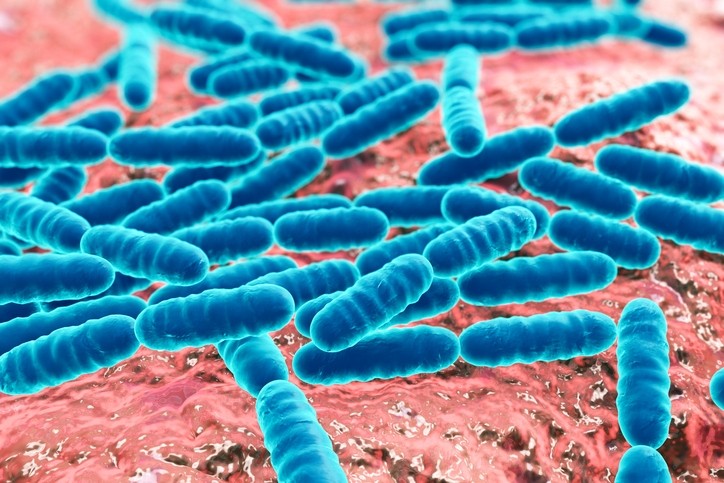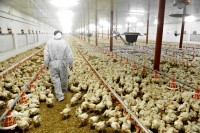DSM looks to redefine animal gut health

Effective functionality of the gastrointestinal tract (GIT) and its health are important factors in determining animal performance.
“Several, complex mechanisms are involved in the regulation of GIT functionality and health. Therefore it is crucial to deepen knowledge of these interactions so that strategies for the modulation of GIT functionality and health, in context of improved animal performance, can be developed,” according to DSM animal nutrition scientist, Pietro Celi and colleagues writing in Animal Feed Science and Technology.
While in human medicine gut health is often associated with the ‘absence of clinical diseases’, this definition cannot be applied to farm animals as it is well known that animal performance can be impaired without any clinical signs of disease, they said.
Celi et al proposed a new concept of ‘gut health’ by providing an overview of the features that may be involved in gastrointestinal functionality and animal health.
The key components of gastrointestinal functionality, referenced in their review, are diet, effective structure and function of the gastrointestinal barrier, host interaction with the gastrointestinal microbiota, effective digestion and absorption of feed and effective immune status.
“While the relationships between these areas is extremely complex, a multidisciplinary approach is needed to develop nutritional strategies that would allow farm animals to become more resilient to the environmental and physiological challenges that they will have to endure during their productive career.”
A combination of biomarkers required
The researchers said it is clear that each biomarker of gut health has its advantages and disadvantages, which is the reason no single measurement can adequately describe gut health.
They suggested that the use of a panel of measurements combined in an index might better monitor changes in gut health. Future research in this field needs to focus on the establishment of such a reference panel of gut health biomarkers, stressed the DSM team.
“There are numerous techniques that can be used to measure gut health (Bischoff et al., 2014; Niewold, 2015; Verbeke et al., 2015), however animal scientists need to establish whether biomarkers measured in blood, faeces, urine and breath provide a reasonable index of gut health.”
"What are the most appropriate biomarkers when investigating gut health? What is the best methodology to measure them?"
Another issue that needs to be addressed, they said, is the standardization of techniques and methodologies to study gut health.
“For example, tissue biopsy sampling techniques can be utilized only in particular cases in the field. Therefore, a major challenge in gut health research is to develop a set of non-invasive biomarkers that can reliably reflect gut health status.
“Considering that the GIT is a very dynamic environment where there are continuous changes in fermentation activity, motility, secretion of enzyme, mucus, viscosity, pH conditions, changes (if any) in the concentration of blood, faeces, urine or breath biomarkers can be the result of metabolic fluxes of highly variable rates, which might not be adequately captured by steady-state biomarkers profiles.”
“Over the last few decades, the adoption of genetic selection for high growth and reproductive traits, the implementation of advanced husbandry techniques, improved understanding in digestive physiology and dietary requirements of farmed animals has led to significant gains in productive performance.
In this regard, a crucial question for animal scientists is “Has farm animal performance reached its genetic/physiological limits?” It is within this context that the concept of ‘gut health’ has started to attract significant interest within the animal science community (Kogut and Arsenault, 2016).”
Support for future nutritional interventions
The DSM researchers said, currently, very little is known about the short- or long-term variation in biomarker concentrations along the GIT, and, that, therefore, several questions remain to be answered in the field of both human and animal gut health research.
“In our opinion, the translation of the current knowledge into practical applications for animal scientists and nutritionists needs to be made a priority by the scientific community as this would allow the achievement of a better insight in the evaluation and in the progression of several GIT conditions and associated nutritional interventions to optimize gastrointestinal functionality.”
Source: Animal Feed Science and Technology.
DOI: https://doi.org/10.1016/j.anifeedsci.2017.09.012
Title: Gastrointestinal functionality in animal nutrition and health: New opportunities for sustainable animal production
Authors: P. Celi, A.J. Cowieson, F. Fru-Nji, R.E.Steiner, A.M. Kluenter, V.Verlhac









